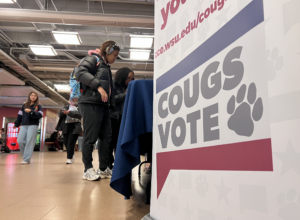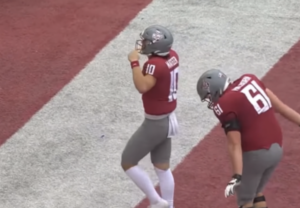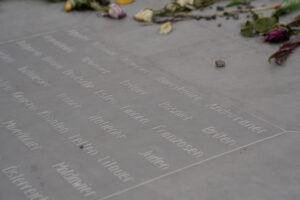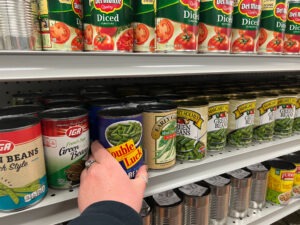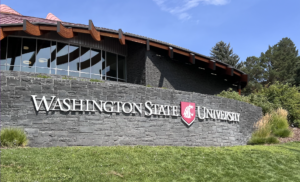Students could begin wearing seat belts in school buses next year, under a proposed Washington House bill. But the bill’s primary sponsor, Republican Rep. Gina Mosbrucker of Goldendale, isn’t optimistic.
This is the third year in a row that she has proposed the bill.
“I’m trying to be patient, and every year we have more and more votes in the committee,” Mosbrucker said.
The National Highway Traffic Safety Administration (NHTSA) endorses the use of seat belts on large school buses. Eight states — including California, Texas and New York — require seat belts on school buses, but the proposal remains controversial in Washington state.
Some school districts around the state have already begun to install seat belts in larger buses, but the Pullman School District is waiting.
“Our transportation department feels very strongly that in many ways seat belts are going to make things less safe for students,” said Joseph Thornton, director of operations in Pullman.
The biggest concern is evacuating students in emergencies. Currently, the district can evacuate an entire bus in two to three minutes. With seat belts, if there is a fire, a bus stuck on railroad tracks or even sinking in water, the driver may need to help unbuckle young students.
“I had my transportation director ask me yesterday what she would do in that situation,” Thornton said. “She would have to make choices—what kids am I going to save and what kids am I not? Because you have to go through and unbuckle them.”
Such events are very rare. The National Highway Traffic Safety Administration said, “school buses are the safest form of transportation in the U.S.” It concluded seat belts further enhance protection on school buses.
The National Parent Teacher Association and a study by the New Jersey Institute of Technology conclude seat belts do not add significant time to evacuations. In some instances, evacuations were expedited because the seat belts kept the students conscious by preventing them from hitting their heads.
During the Feb. 4 public hearing for HB 1057, others worried students wouldn’t know how to use the seat belts. Mosbrucker has a different perspective.
“We’re taught at a super-young age, by your family to put a seat belt on,” she said. “It so simple: push a button and it releases, and you snap it in, and it closes.”
Installing seat belts across the state would cost about $10 million, though it wouldn’t affect a school district’s or the state budget, Mosbrucker said. Instead, the funding would come from increased ticketing of drivers who commit “stop-paddle” violations, when a car drives past school bus stop signs.
Mosbrucker said in a single day last spring, there were 1,500 reports across Washington of vehicles driving past the flashing stop sign while students unloaded or boarded the school bus. The violation could result in a $419 ticket, but she said it’s rarely enforced.
Mosbrucker said there would be enough money from the tickets to pay for court processing fees and more police enforcement, as well as the seat belts. Any fees above $10 million would go toward replacing older buses in schools.
Thornton said the Pullman School District gets questions every year about seat belts in buses, primarily from kindergarten parents. The transportation department uses statistics to reassure parents about their children’s safety.
“Students are 70 times safer riding a school bus than they are in their parents’ car,” Thornton said, citing NHTSA data.
Mosbrucker believes the bill could make them even safer.
“When a bus flips over or slides on its side, which happens a lot in Eastern Washington, then our kids become like clothes in a dryer,” she said.
The bill has been moved to the House Appropriations Committee for an executive session.
